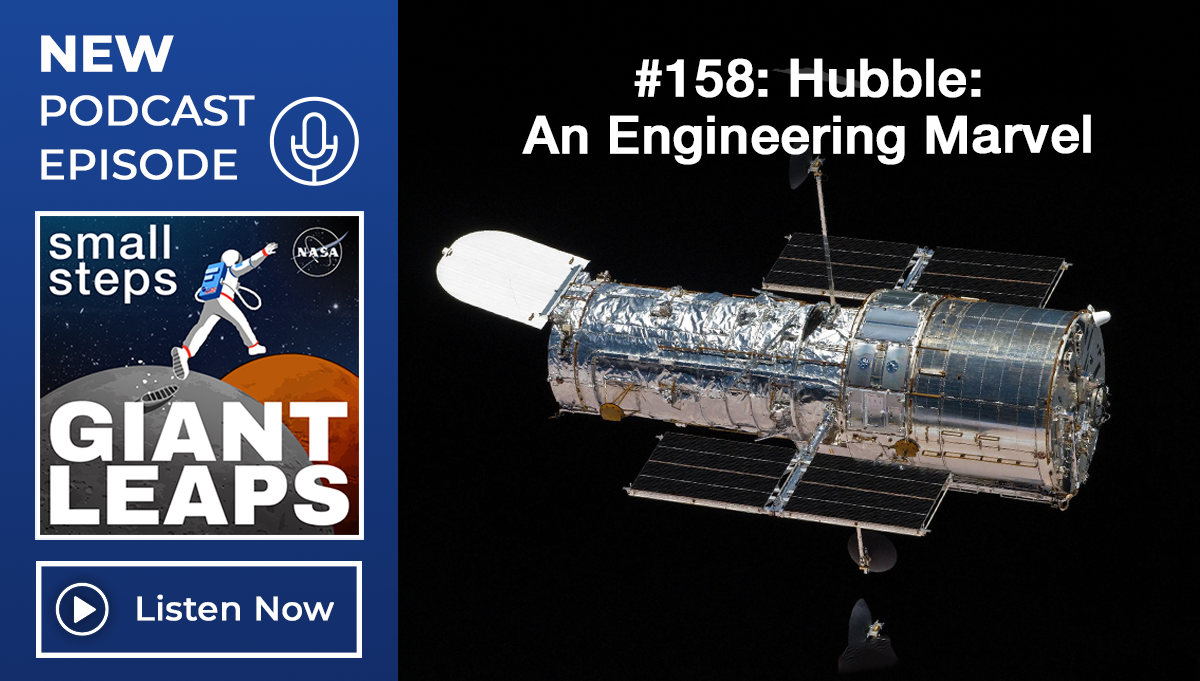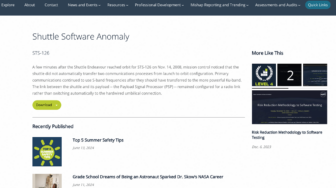Wilkinson Microwave Anisotropy Probe (WMAP) Mission (Liz Citrin)
WIRE
The Wide-field Infrared Explorer (WIRE) was a small satellite carrying a cryogenically cooled infrared telescope designed to study starburst galaxies—vast clouds of molecular gas cradling the sites of newborn stars. Developed under NASA’s Small Explorer Program, WIRE was intended to have a four month primary mission.
WIRE was launched on a three-stage Pegasus XL vehicle released from an L-1011 aircraft over the Pacific Ocean after takeoff from California’s Vandenberg Air Force Base on March 4, 1999. The satellite was successfully placed in orbit around Earth at an altitude of 540 kilometers (about 335 miles).
The mission failed soon after launch when the cover on the telescope/cryostat ejected prematurely. Uncontrolled heating of the cryostat caused the solid hydrogen cryogen to be expelled and resulted in the satellite spinning out of control. Flight controllers ultimately regained control of the satellite, but the primary science objectives were lost, as the infrared detectors could not be cooled.
To learn more, please visit:
http://appel.nasa.gov/knowledge-sharing/pi-team-masters-forums/








